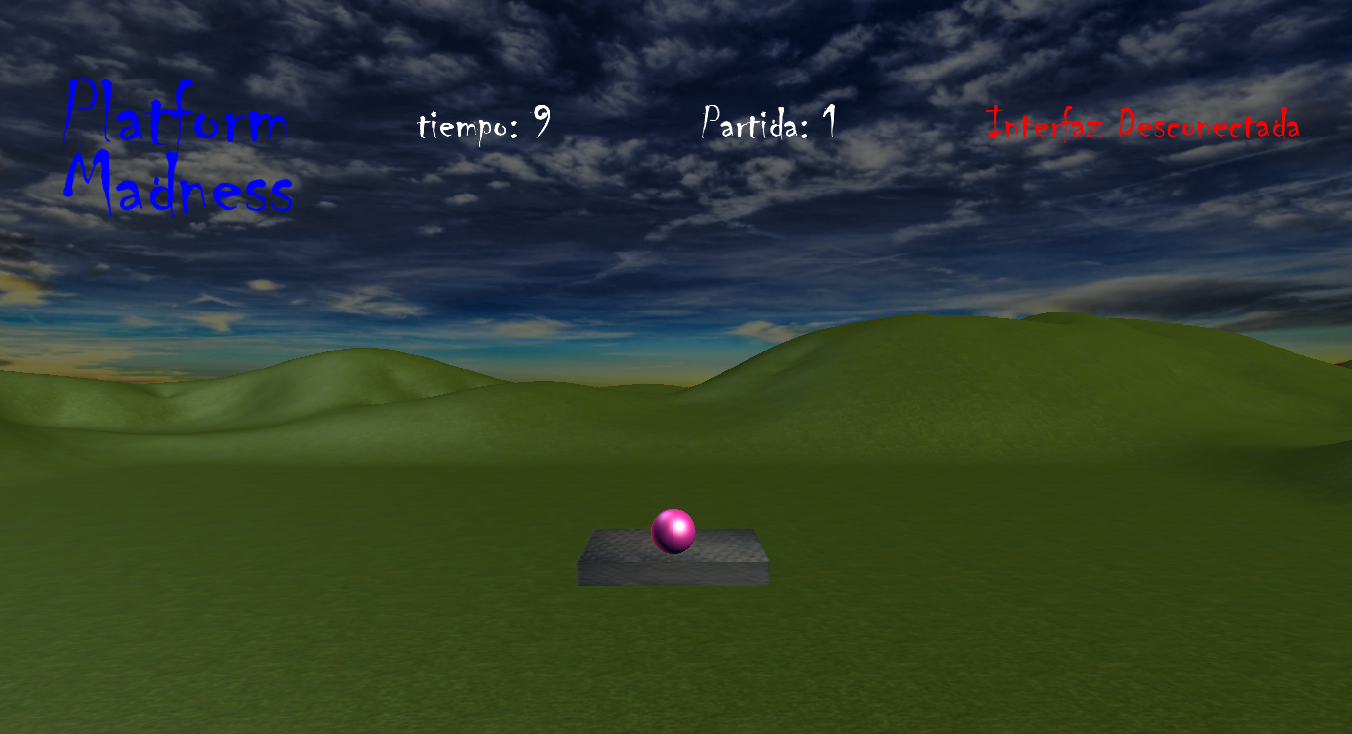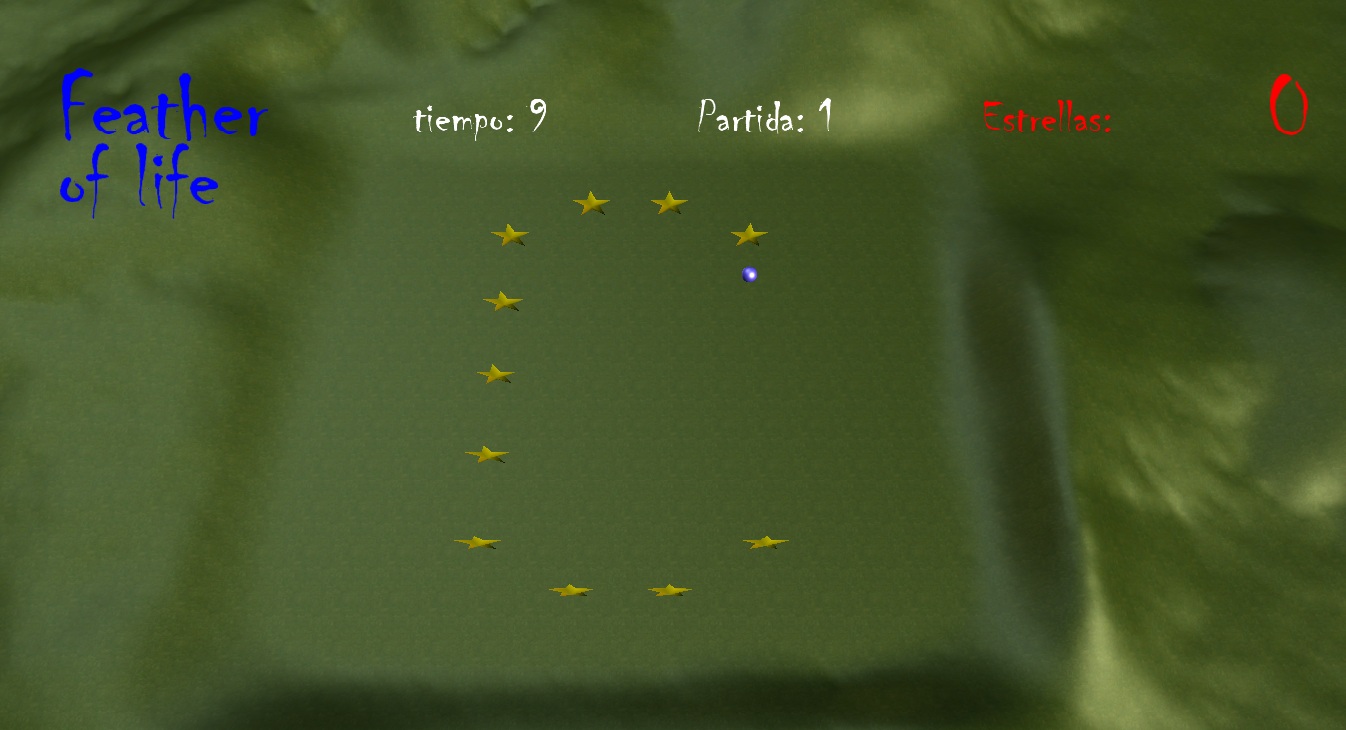

Motor Rehabilitation using Virtual Reality
Stroke is a neurological entity with a great epidemiological, social, work force and human impact, which produces more survivors than deaths. Usually stroke patients have difficulties and alterations, on their upper limbs that persist 3 months after the event. Modern neuroscience propose three different neurorehabilitation approaches for stroke patients, all of these based on reveal the encrypted accessory motor way, and the cortical and subcortical neuroplasticity. The induce movement restriction therapy in combination with virtual reality environments (not yet explored) may help, in a controlled and objective way, in the development of the accessory motor way and the cortical and subcortical neuroplasticity, in order to accomplish a more complete and efficient neurorehabilitation.
The goals of this project are: make a development in the topic of “how the technology can play a very important rol in neurorehabilitation”, the application of local virtual reality hardware and software on upper limb neurorehabilitation mechanisms. Furthermore, thanks to the work between the neurorehabilitation research group of Instituto Neurológico de Colombia (INDEC) and the I+D+I Group in ICT from EAFIT, we propose the development and construction of an electronic globe to be used for hand movement neurorehabilitation through the integration of feedback visualspecial software.


